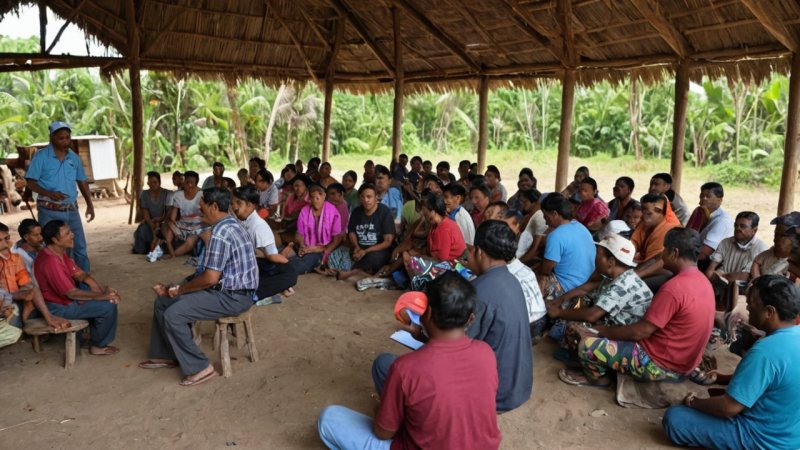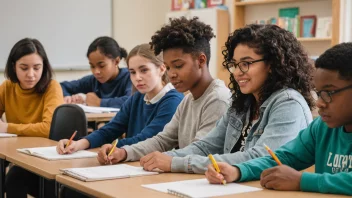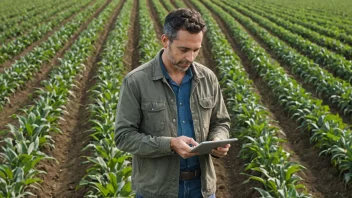In an increasingly unpredictable world, the importance of disaster resilience cannot be overstated. As communities face the growing threat of natural disasters, traditional knowledge emerges as a vital resource in building resilience. This knowledge, passed down through generations, encompasses practices, skills, and insights that have been honed by communities in response to their unique environmental challenges. By integrating traditional knowledge with modern disaster management strategies, we can foster more resilient communities capable of withstanding and recovering from disasters. Here are five key ways traditional knowledge plays an essential role in disaster resilience.
1. Understanding Local Ecosystems
Traditional knowledge often includes a deep understanding of local ecosystems, which can be pivotal during disaster response and recovery. Indigenous practices, such as crop rotation, controlled burns, and water management techniques, have been developed over centuries to sustain the environment and promote biodiversity. By leveraging this knowledge, communities can better prepare for disasters like floods and droughts.
- Example: Indigenous communities in the Amazon use traditional agroforestry techniques to enhance soil fertility and manage water resources, which can mitigate the impact of heavy rains.
2. Community-Based Early Warning Systems
Communities often have their own methods for predicting natural disasters based on observations of local weather patterns and animal behaviors. Incorporating these traditional early warning systems into modern technology can enhance the accuracy and effectiveness of disaster alerts.
- Example: In the Pacific Islands, local fishermen can predict storms by observing changes in ocean currents and animal behavior, providing valuable insights that complement scientific data.
3. Promoting Sustainable Practices
Traditional knowledge frequently emphasizes sustainable practices that enhance community resilience. By advocating for sustainable agriculture, water management, and resource conservation, communities can reduce their vulnerability to disasters.
- Example: The use of traditional irrigation techniques in arid regions helps conserve water and supports agricultural productivity, making communities less susceptible to drought.
4. Strengthening Social Cohesion
Disaster resilience is not solely about physical preparedness; it also involves social cohesion and community solidarity. Traditional knowledge often includes community rituals and practices that foster social ties, which are crucial during times of crisis.
- Example: In many cultures, communal gatherings for harvest or seasonal celebrations reinforce relationships, ensuring that communities come together to support one another during disasters.
5. Enhancing Adaptive Capacity
Finally, traditional knowledge contributes to a community's adaptive capacity by providing strategies that have been tested over time. This knowledge allows communities to adapt to changing environmental conditions and emerging threats, ensuring long-term resilience.
- Example: Nomadic pastoralists in Central Asia have developed adaptive grazing strategies that allow them to respond to climatic changes, ensuring the survival of their livestock and livelihoods.
In conclusion, traditional knowledge is a powerful asset when it comes to disaster resilience. By respecting and integrating this knowledge into modern disaster management practices, we can create stronger, more resilient communities. Understanding local ecosystems, developing community-based early warning systems, promoting sustainable practices, strengthening social cohesion, and enhancing adaptive capacity are all critical components of this integration. As we face an uncertain future, it is essential to recognize the value of traditional knowledge in building a more resilient world.






